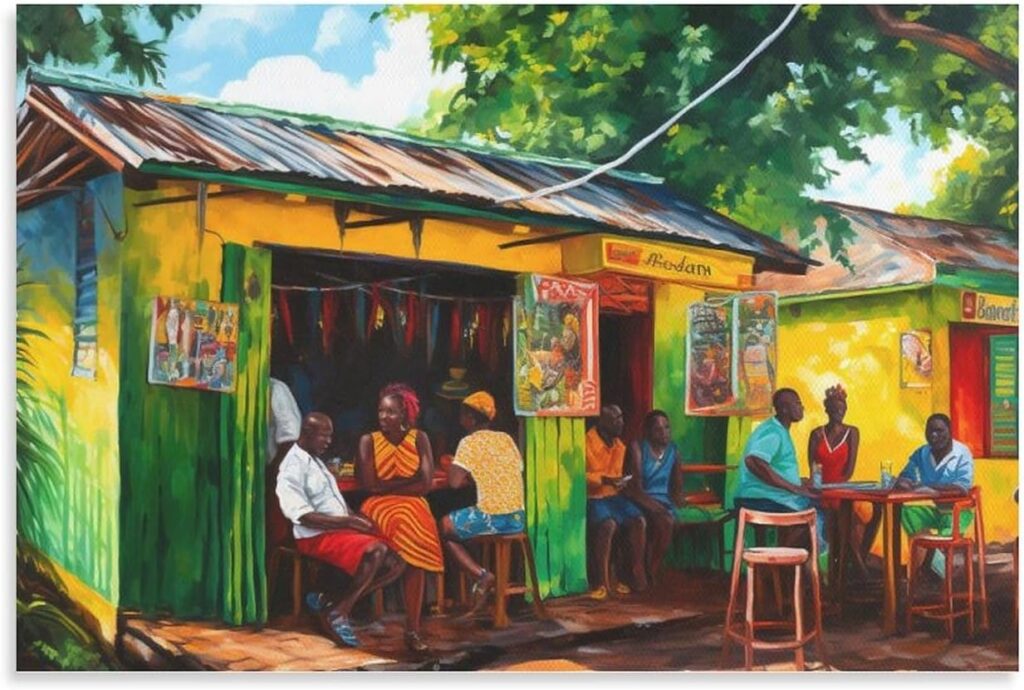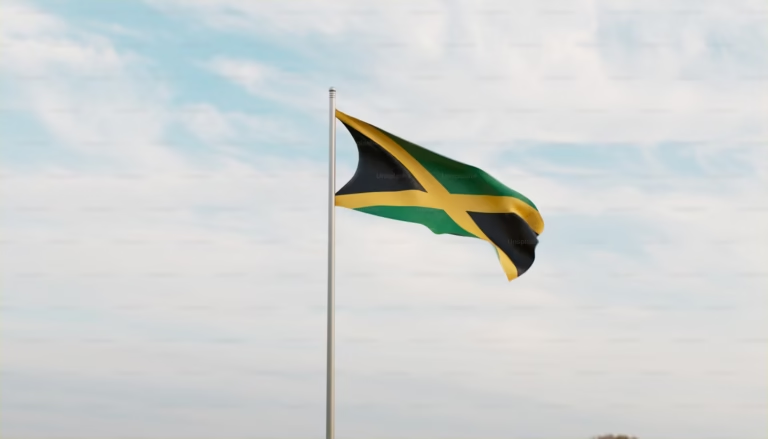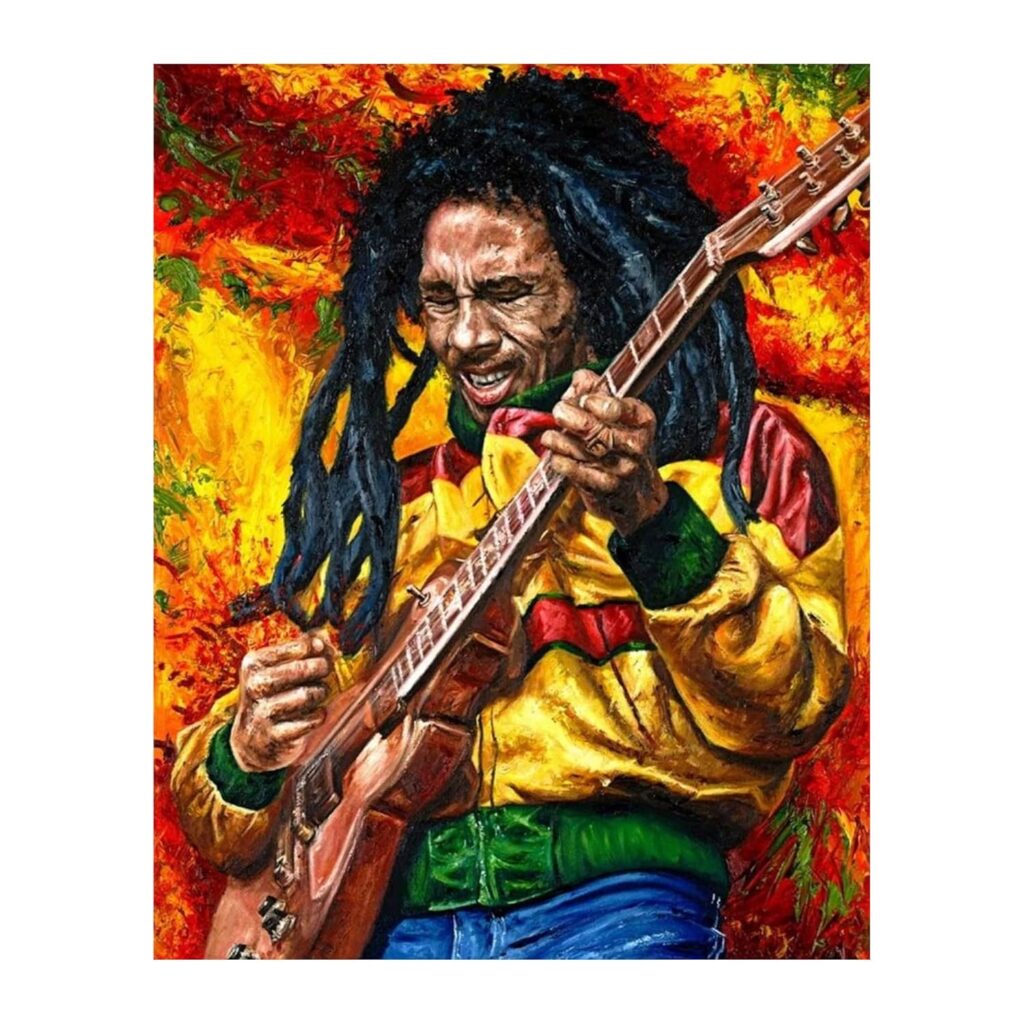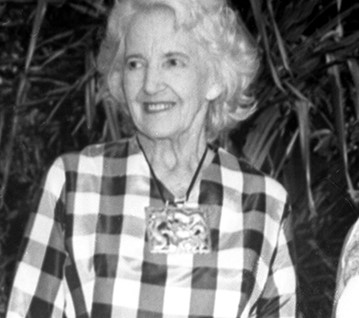Growing up in Jamaica during the 1960s and 70s was a special time. Life was simpler, and the days were filled with laughter, games, and the sweet aroma of homemade treats. A school day was more than just learning; it was an adventure from the morning bell to the final prayer before heading home. Let’s take a nostalgic journey back to those golden days of childhood.
Morning Routine and School Arrival
The day would start early with the sound of a rooster crowing or the gentle voice of a mother urging her children to rise. Breakfast was often a cup of hot porridge—cornmeal, plantain, or oats—alongside a piece of bread or a dumpling. Some children would carry their tin lunch pan filled with food from home, while others would look forward to buying a snack from the vendors at school.
Upon arrival at school, children would gather in the assembly hall or the schoolyard for devotion. We sang songs like “This is the Day” and recited prayers before marching off to class in neat lines, uniforms crisp and well-pressed.
Break Time and the School Vendors
Recess was a time of joy and excitement. The school gate was always lined with vendors selling delicious treats from their baskets. There was always the friendly “fruit lady” with her handwoven basket brimming with ripe bananas, juicy oranges, otaheite apples, and sweet naseberries. Next to her, another vendor sold freshly baked buns, gizzadas, coconut drops, and, of course, the legendary bun and cheese.
For those with a sweet tooth, the candy man never disappointed. He had jars filled with treats like Paradise Plum, Busta, mint balls, and Starlight. The famous sta a back candy was a favorite—its tangy, sticky sweetness made it last longer in our mouths, allowing us to savor the flavor while chatting with friends.
Lunchtime Rituals
Before leaving for lunch, a teacher would lead the class in prayer, and students would say, “Good evening, teacher. See you later.” Some children hurried home for a hot meal prepared by their mothers, while others enjoyed a meal in the schoolyard, sitting under a shady tree and sharing food with friends. A popular lunch was rice and peas with fried chicken, steamed callaloo with boiled dumplings, or a simple patty and coco bread.
Afternoon Fun and Games
After lunch, the real fun began. Boys and girls would run back to school, eager to steal a few minutes of playtime before class resumed. The schoolyard became an arena for exciting games.
For the girls, Dandy Shandy was the ultimate challenge. Using a large rubber ball, players would dodge and weave to avoid getting hit, while the throwers aimed with precision. Boys often played baseball or cricket, using makeshift bats and wickets crafted from tree branches and old boards. Skipping rope, marbles, and jacks were also common games, bringing endless laughter and friendly rivalries.
On some days, after-school activities included practicing for the annual sports day, preparing for school concerts, or rehearsing folk songs and dances like the brukins and ring ding.
The Walk Home and Evening Traditions
As the sun began to set, school came to an end, and children would gather once more for final prayers. Some would take their time walking home, chatting with friends and stopping by roadside stalls to buy bag juice or a frozen “sky juice” wrapped in a plastic bag.
At home, after doing homework, children would help with chores—fetching water, feeding the chickens, or helping to prepare dinner. As night fell, families gathered around the radio to listen to programs like Lou and Ranny or The Jamaica School of Music Band. After a long day of learning, playing, and sharing, children would crawl into bed, ready to do it all over again the next day.
Final Thoughts
The school days of the 1960s and 70s in Jamaica were filled with innocence, community, and simple joys. They were days of discipline, laughter, and a deep sense of togetherness. The memories of that era remain in our hearts—etched in the rhythm of childhood games, the taste of homemade treats, and the warmth of friendships that lasted a lifetime.
Do you remember those good old days? What was your favorite part of school life back then? Share your memories and let’s continue to celebrate our rich Jamaican heritage!
One love One heart One People















